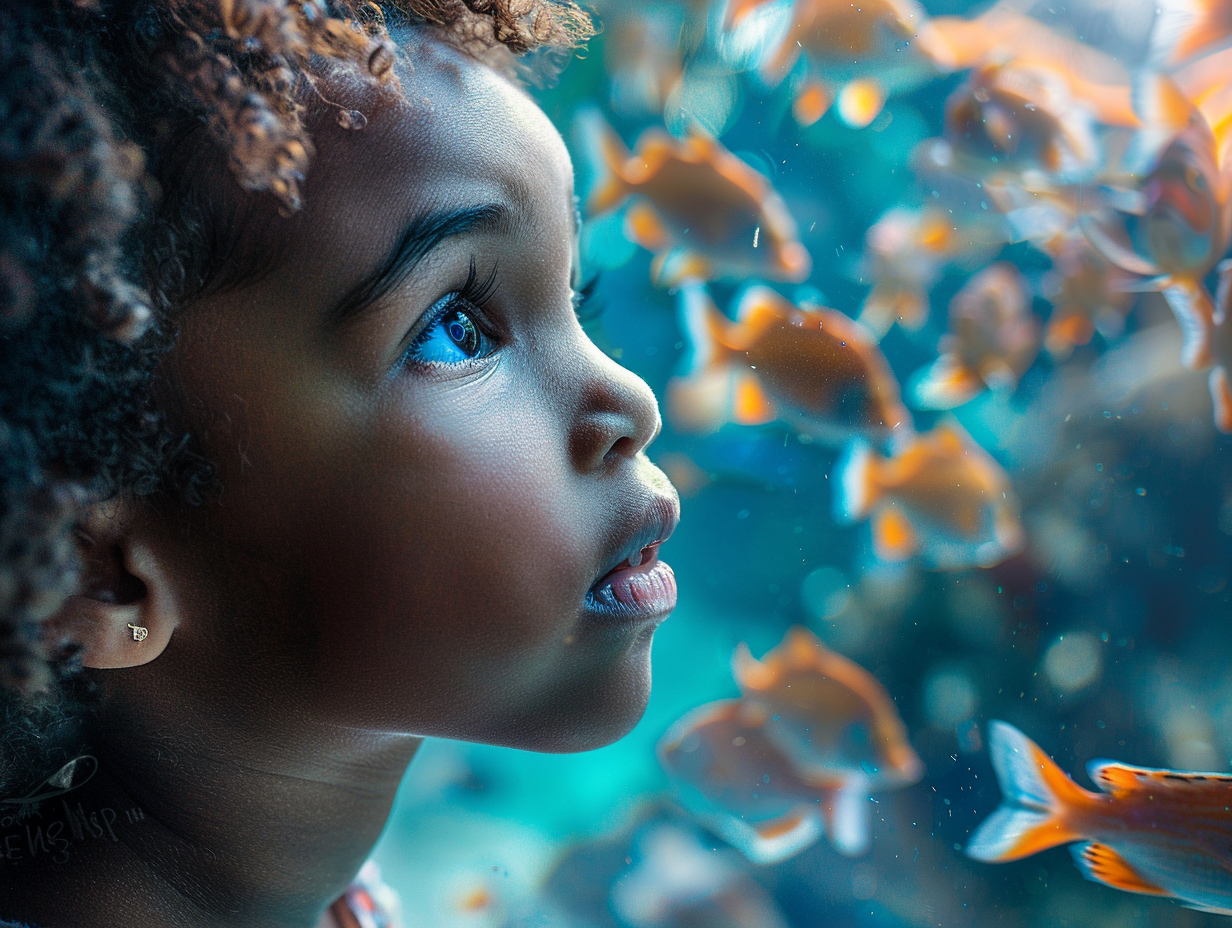When it comes to choosing a pet for your child, a fish might seem like a simple and easy option. However, there are several reasons why a pet fish might not be the best choice for a child. While they may seem low-maintenance and educational, the reality can be quite different. Let’s explore the reasons why a pet fish could end up being more trouble than it’s worth for your little one.
1. Fish require more care than you think
At first glance, taking care of a fish seems simple — just feed it daily, clean the tank occasionally and enjoy watching it swim. But in reality, fish require a lot more attention and care. From maintaining water quality to ensuring the right temperature and pH levels, fish tanks need regular upkeep. For a child, this responsibility can quickly become overwhelming. If the tank isn’t properly maintained, it can lead to a host of problems, including the untimely death of the fish — which can be distressing for a young child.
2. Limited interaction
Children often want a pet they can cuddle, play with and form a bond. Unfortunately, fish don’t offer that kind of interaction. Watching a fish swim around in its tank can be calming, but it doesn’t provide the same emotional connection that a dog, cat or even a hamster might. This lack of interaction can lead to boredom and disappointment for a child who was hoping for a more engaging pet experience.
3. Fish are fragile
Fish are delicate creatures. Even small changes in their environment — such as a sudden change in temperature or a minor imbalance in the water’s chemical levels — can be fatal. A child may not fully understand the importance of these factors and might accidentally harm the fish despite their best intentions. The loss of a pet can be a traumatic experience for a child — and with a fish, the chances of such a loss are relatively high.
4. Limited lifespan
One of the hardest lessons for a child to learn is the concept of mortality; owning a pet fish often brings this lesson sooner than expected. Most pet fish have a relatively short lifespan, ranging from a few months to a few years. This short-lived nature means that a child may have to face the death of their pet sooner than they might with other animals. The frequent loss of fish can lead to emotional distress and may cause a child to develop a negative association with pet ownership.
5. Allergy risks are minimal, but not nonexistent
While fish themselves are unlikely to trigger allergies, the food and tank environment can. Fish food often contains ingredients like shrimp, which can cause allergic reactions in some children. Additionally, the moisture from the tank can contribute to mold growth, which is another potential allergen. Parents may not anticipate these risks when considering a pet fish, but they can pose real concerns, especially if a child already has sensitivities or allergies.
6. Maintenance costs add up
The initial cost of buying a fish and a basic tank setup might be low, but the ongoing costs can add up quickly. Filters, water conditioners, special food and potential medical treatments for the fish can become expensive over time. For a pet that doesn’t offer much in the way of interaction or companionship, these costs can seem unjustified. Moreover, these expenses may not have been fully considered when deciding on a pet, leading to frustration and regret.
7. A fish isn’t a learning experience for all kids
One of the reasons parents might choose a fish as a pet is to teach their children responsibility. However, this learning experience doesn’t always pan out as expected. The feeding and cleaning routine can become monotonous, leading a child to lose interest quickly. Instead of learning responsibility, a child might simply view the fish as a chore. Worse still, the responsibility might end up falling back on the parents, who have to take over the care of the fish.
Consider all factors before getting a pet fish
It’s important to weigh these factors carefully before deciding on a pet fish for your child. While a fish might seem like an easy and low-maintenance pet, the reality is that they require significant care and attention, offer limited interaction and can lead to emotional and financial challenges. If your goal is to teach responsibility or provide a companion for your child, you might want to consider other pets that offer more engagement and a longer lifespan.
Remember, the goal of pet ownership should be to enrich your child’s life, not to burden them with a responsibility they aren’t ready to handle.
This story was created using AI technology.













